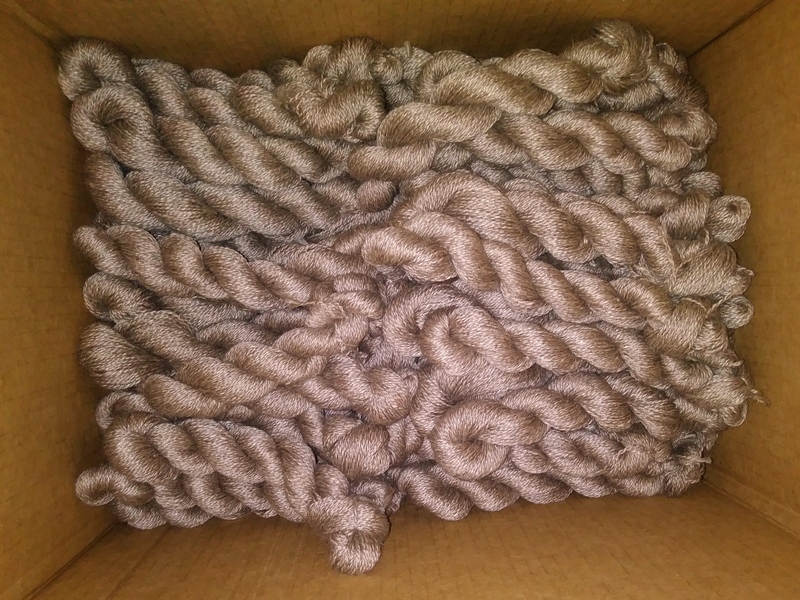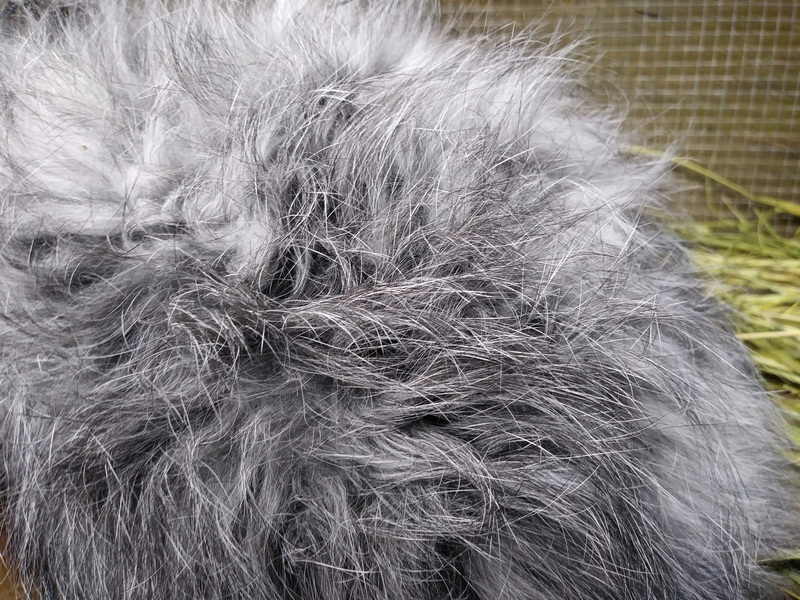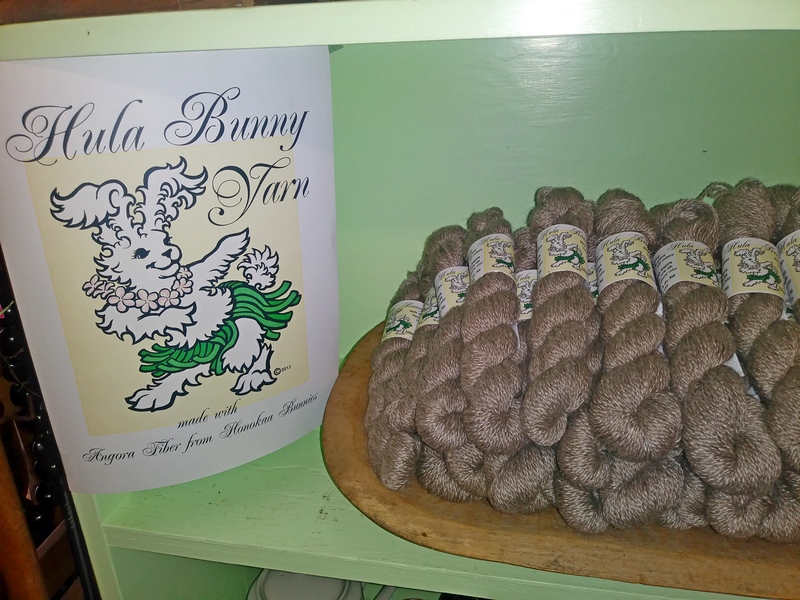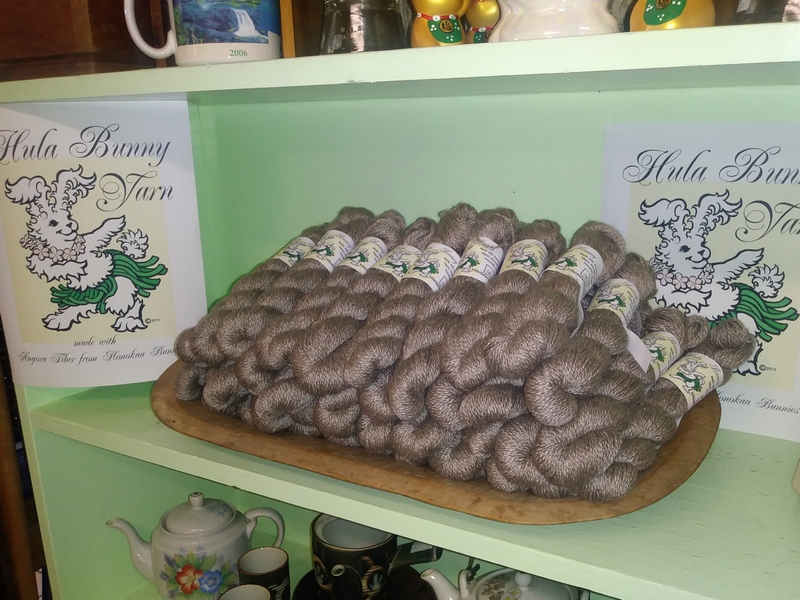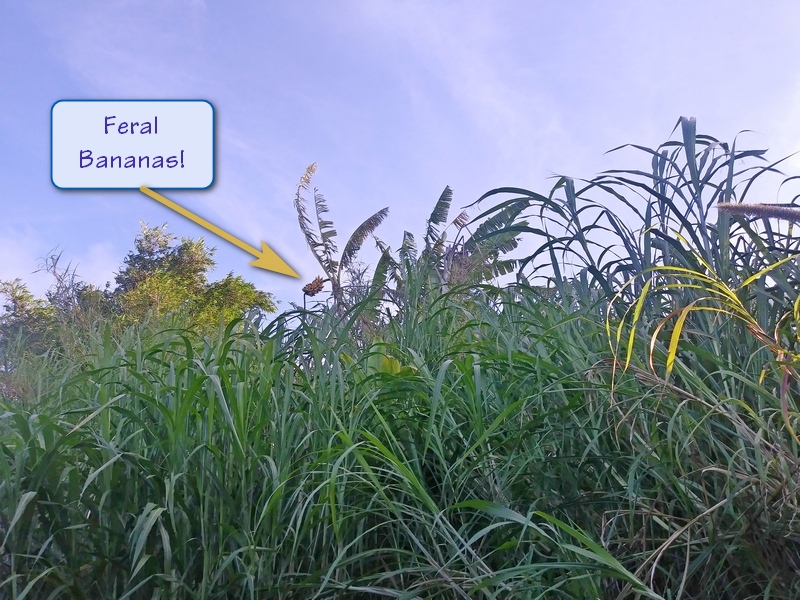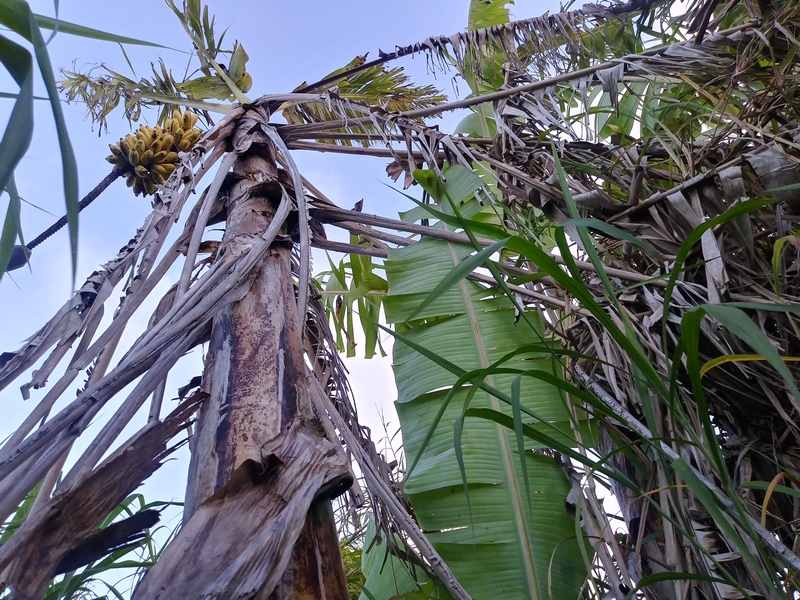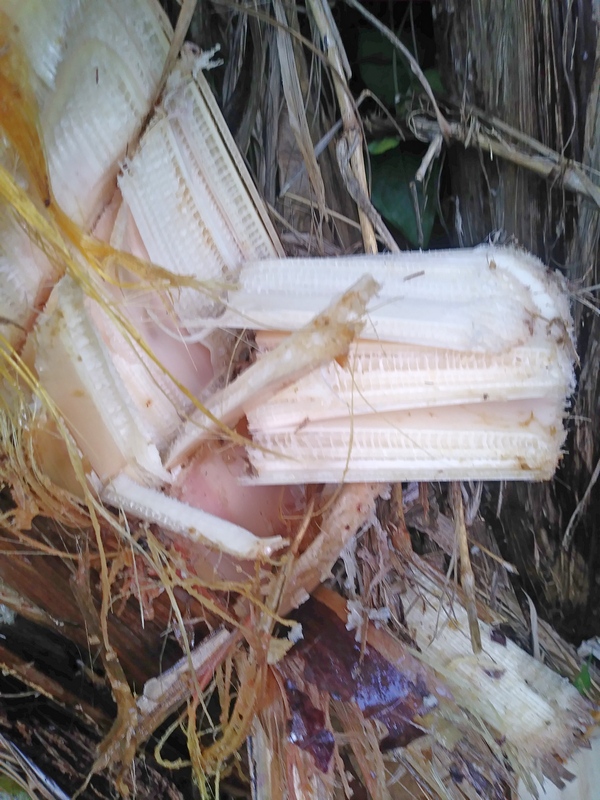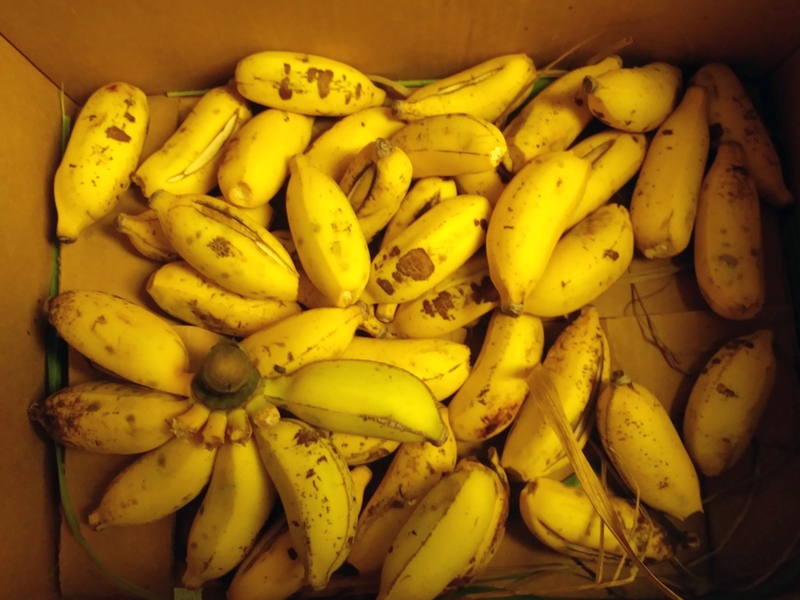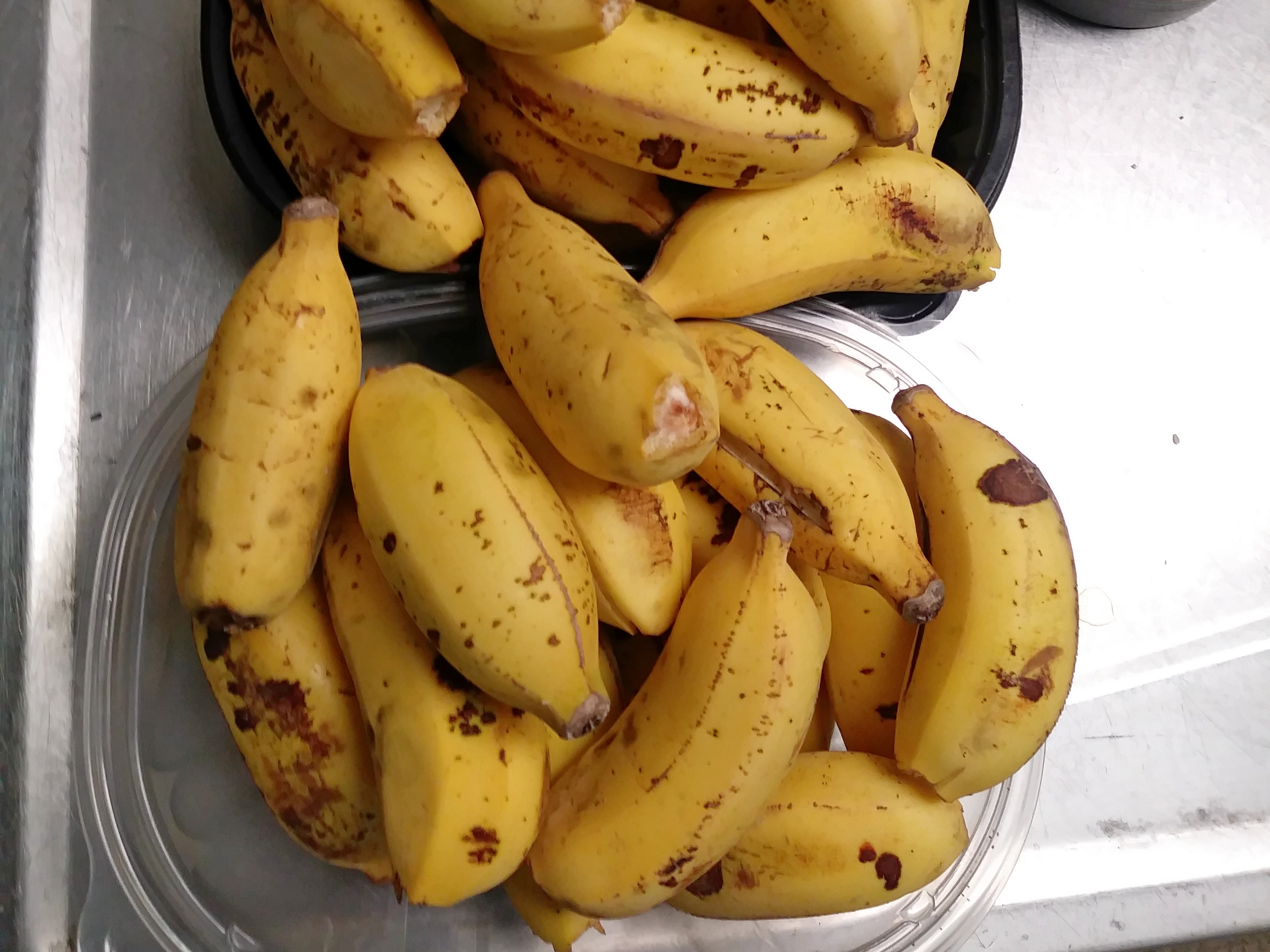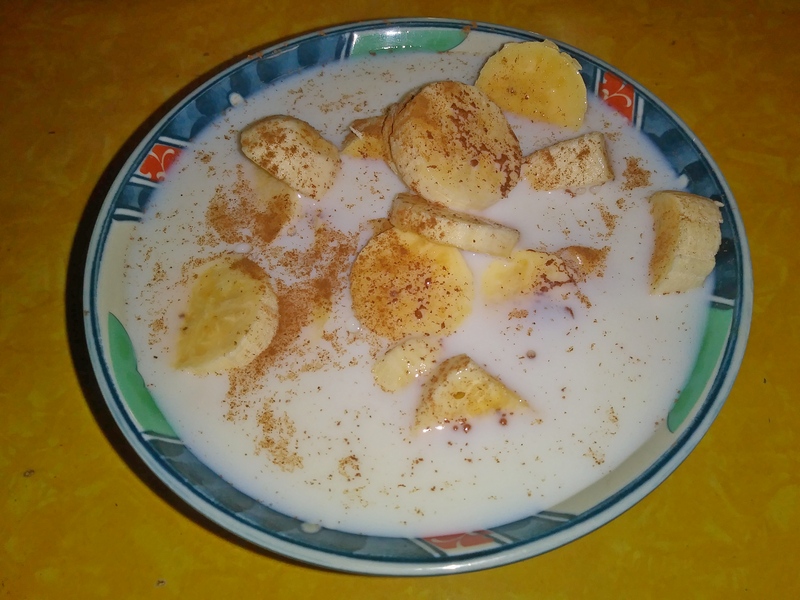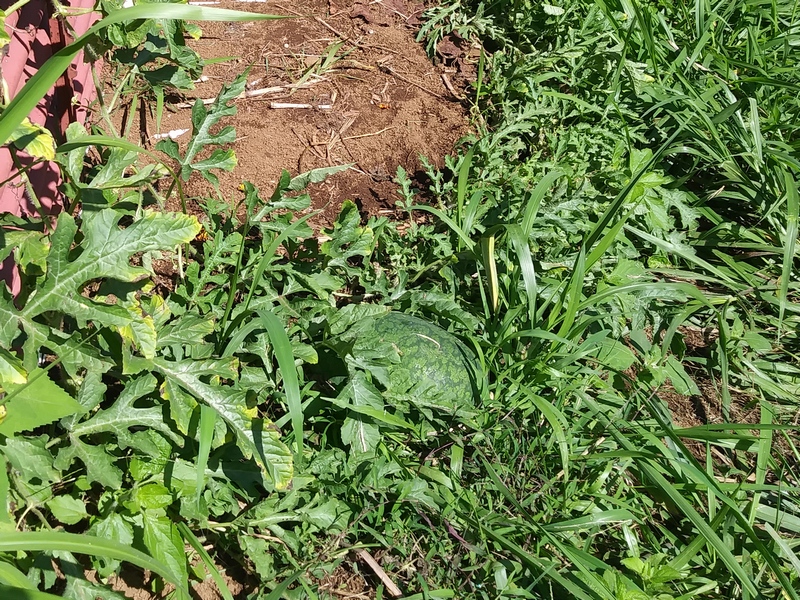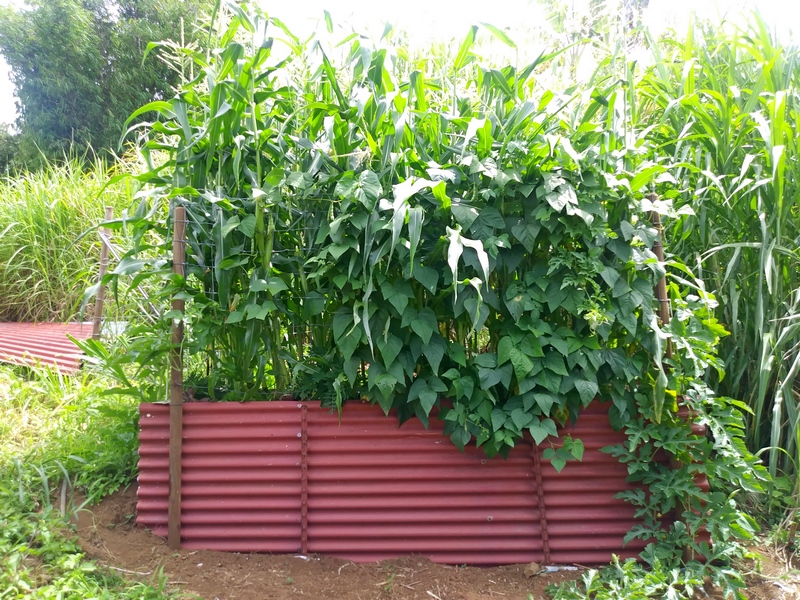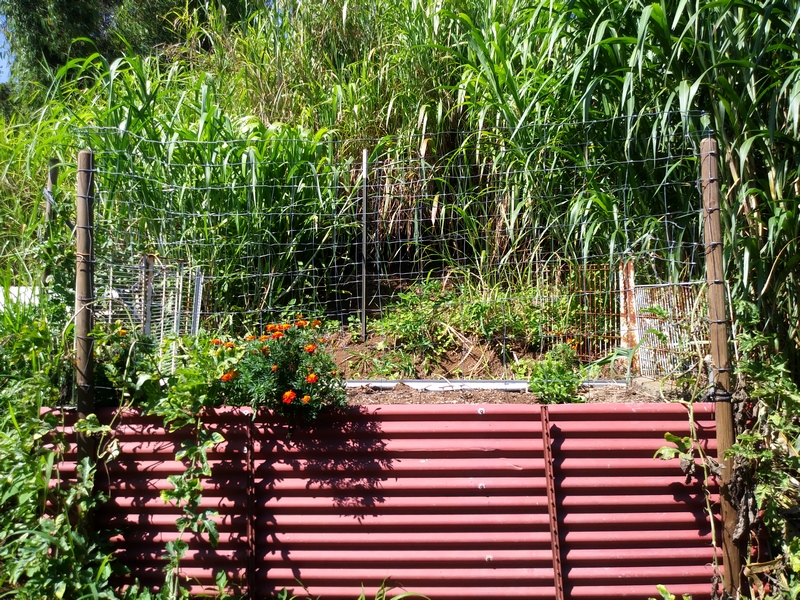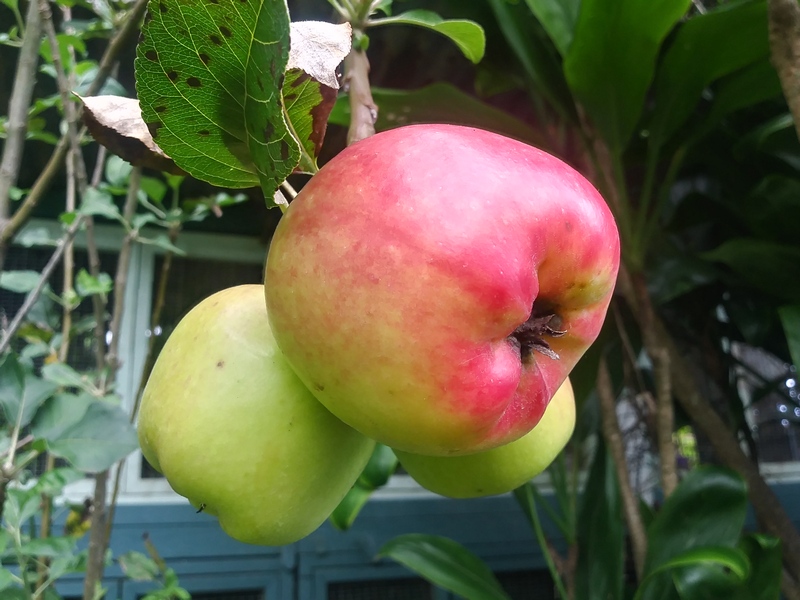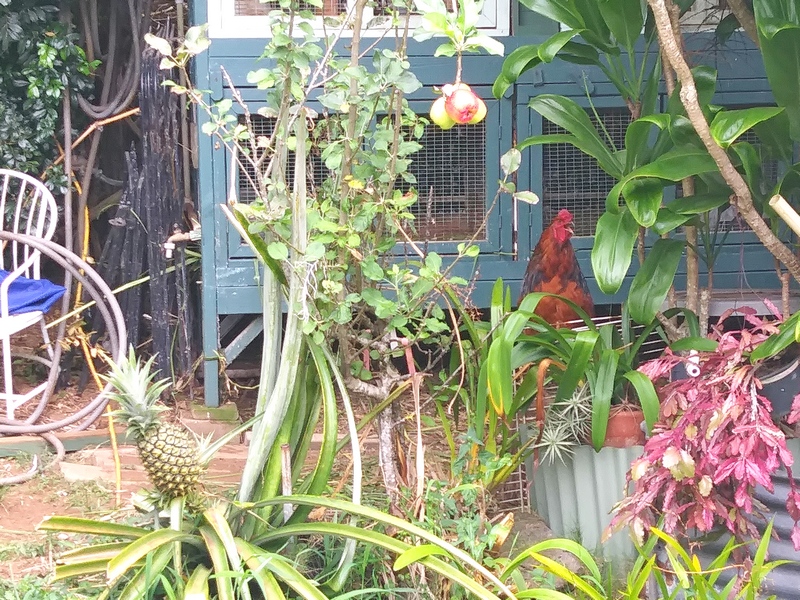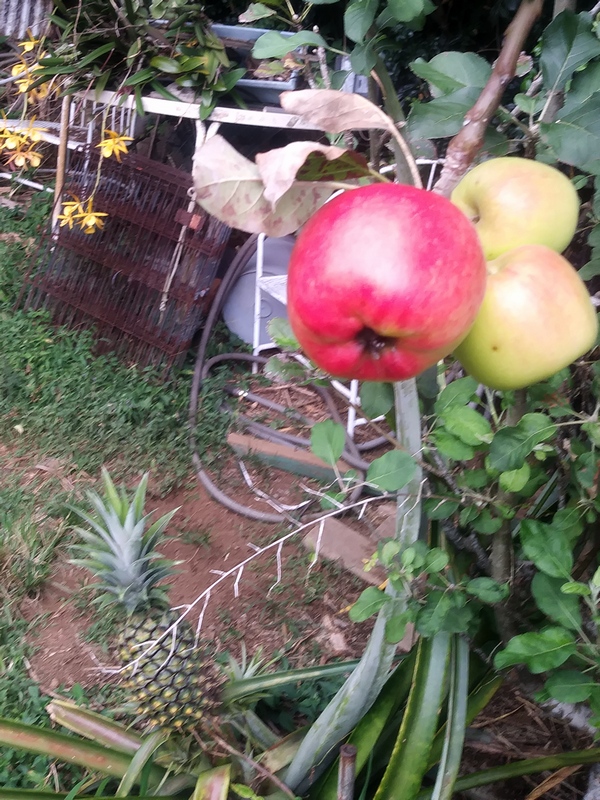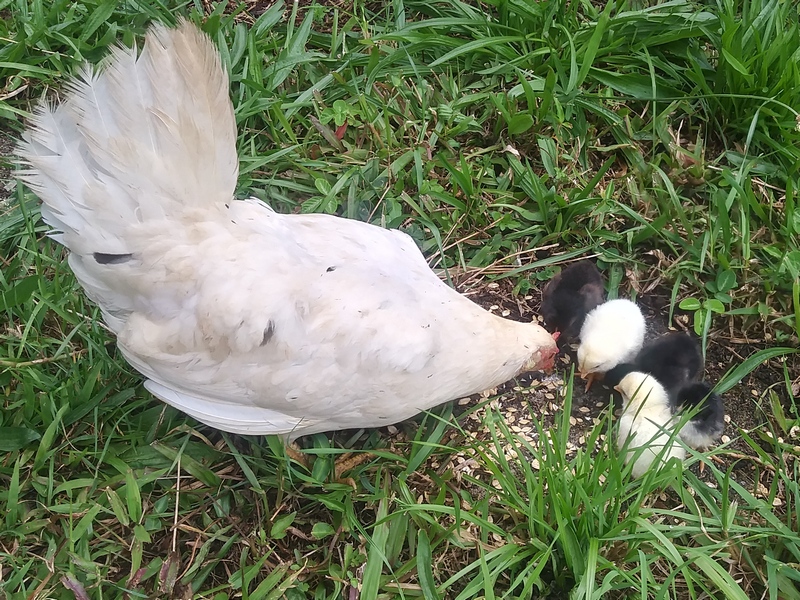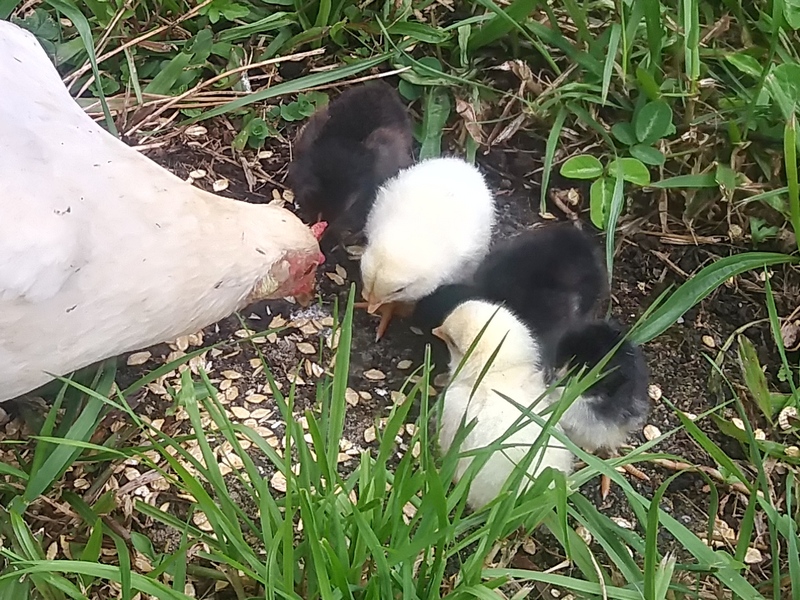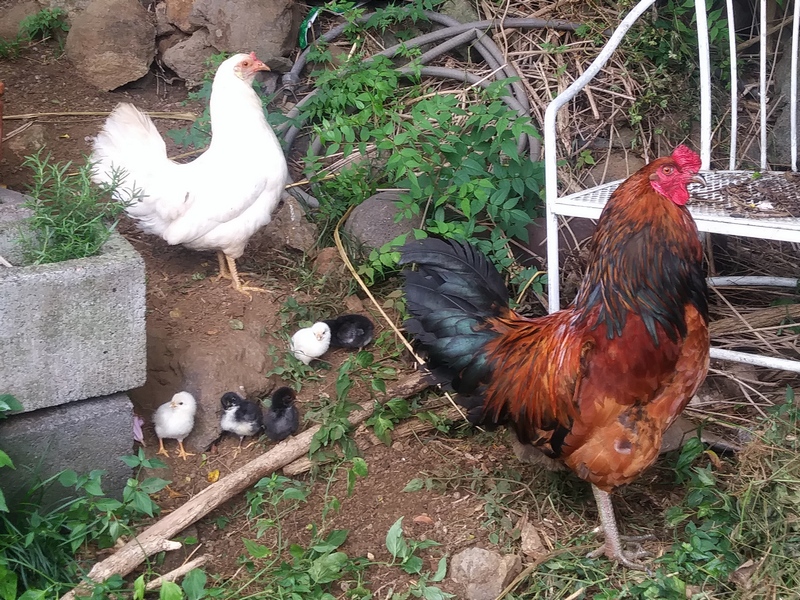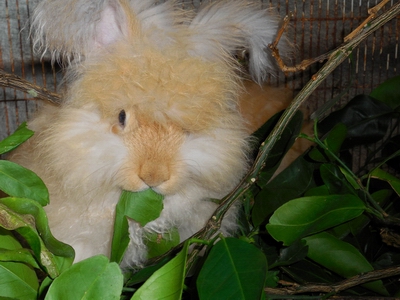Our hearts and best hopes go to everyone impacted by the Covid-19 virus.
Just because we're doing non-Covid things, doesn't mean we have forgotten the folks suffering from the virus.
We also really, really appreciate all those folks out there keeping things going and keeping everyone as healthy as possible.
It's still out there and getting fiercer! Be vigilant and continue to be safe!
Wear your mask!
Wash your hands!
Wear your mask!
Wash your hands!
July 16th, 2020
( "In the Nestbox" has been updated! )
Early Summer Harvest Season
Yarn Farmer Harvest! Woot!
Yarn Harvest!
the end result of a lot of work
Hula Bunny yarn doesn't really have an official 'harvest season', but we seem to be getting a fairly extensive early summer harvest season with a lot of different things becoming ready to 'harvest'.
There's quite a bit of work that goes into a 'yarn harvest'. There's the original hutch construction for the various bunny hutches, the daily bunny feedings, the coat grooming, the shearing, plucking, etc. A full coat 'harvest' from one bunny is all of four to six ounces if it's a good harvest, sometimes there's only an ounce or two of good wool. The mill needs a minimum of three pounds of exquisite bunny fluff before they can spin it into Hula Bunny yarn so that's a lot of bunny shearings.
Lotus almost ready for shearing
she gets even fluffier
We have three different 'standard' colors of Hula Bunny yarn. There's no dye used so we get the yarn color from the color of the fiber from the bunnies. That means we need three pounds of bunny fluff for each color of yarn. If there's a full color spectrum of Hula Bunny 'yarn harvest' from the mill, we have to send nine pounds of bunny fluff to the mill.
Once the fiber gets to the mill, there's months and months of waiting time before it comes back. (insert a huge sigh here) It is a small family owned fiber mill and they do a really good job. They spin our bunny fluff into exquisite Hula Bunny yarn and send it back to us so it's our very own bunny fluff made into Hula Bunny yarn that comes back.
Occasionally, I'll spin bunny fluff into yarn here, although it isn't as even as the yarn spun by the small fiber mill. The yarn I spin is sold under the brand 'Hillside Farm' yarn and there usually isn't much of it since most of my time is spent on bunnies, sheep fencing, house renovation and other non-spinning yarn projects. Oh, and occasionally updating this website.
Hula Bunny Yarn at Honokaa Treasures shop
back in stock!
This is a new color of Hula Bunny yarn, it's a warmer and darker gray than the usual 'Moonlit Dance' color. This new 'Mocha Buns' color is made with the fiber from the black bunnies - which is a silver colored fiber - and some dark Merino wool to create a darker color than our usual silvery 'Moonlit Dance' color of yarn. I don't think we will keep the 'Mocha Buns' as a standard color of Hula Bunny yarns. We will be getting in some more 'Moonlit Dance' but at the moment we haven't a clue when since the mill sends back yarn when the mill sends back yarn.
At the moment, we only have the one color of Hula Bunny yarn available, more bunnies need haircuts so we can send in more fluff to get more yarn. It's a pretty slow process, but we're hoping to get it more of an ongoing effort instead of one big annual fiber shipment.
Bananas in the 'wild'
major bushwhacking required
Several years ago an exacavator cleared the back yard. Then we went on vacation for six weeks without mowing it first and when we got back, the mower couldn't handle it anymore. So, this is several years worth of grass growth. When the excavator cleared it, all the green stuff was piled up and the 'feral' bananas were pushed into the pile. Which is almost like feeding them.
It took bushwacking just to reach the banana 'trees'. For those of you who don't deal with bananas very often, they're not really a tree at all. They're kinda like some sort of reed growing from a mat of roots. Once each individual 'tree' makes bananas, it dies off. Since it's gonna die off anyway, when harvesting bananas, the standard procedure is to cut them down. New banana plants pop up from the roots and the banana patch just gets bigger.
The stem is very fiberous and moist. It is used for a variety of different things. Big chunks of banana stem are tossed into the imu - the underground firepit oven that is used to cook the pig at a luau. Strips of banana stem are dried and used as the base for haku lei (lei worn on the head).
These are 'local' bananas. They're much sweeter and creamier than imported bananas at the store, although they're much smaller. This is a pretty small bunch as well, so we weren't inudated by bananas.
Banana Harvest
tamed 'feral' bananas
The nice thing about a banana harvest is just the sheer quantity of bananas afterwards. This was actually a very small harvest, but there's still enough bananas for banana smoothies, bananas in milk with cinnamon, banana bread, etc., etc. Generally we give away about half the harvest, eat as many as we can while fresh and then freeze the rest for smoothies.
Should you have frozen bananas and leftover coffee, toss them into a blender, add some ice cubes, some cocoa powder, a touch of cinnamon, a slug of milk and then zap it with the blender. Perfect for summer afternoons!
Watermelon lurking in the weeds
sneaky buggas!
Have you ever wondered why watermelon skins are that green mottled striped color? It's so they can hide really well in the grasses and then jump out and startle you! Even when you know they're there, it's still pretty hard to see them. They aren't ready for harvest yet, but they are getting bigger. There's at least four of them out there so far, maybe more by the time they're all done.
In the first picture, there's the 'female' watermelon flower that has the little melon below the flower. Up at the top of the picture, you can see the stem below a 'male' flower. That doesn't have any little melon below the flower. We seem to have bees doing the pollinating this year, possibly because there's all kinds of yellow flowers on this annoying invasive vine trying to take over the yard and eventual sheep pasture. So even though it's an annoying invasive vine, at least there's the benefit of happy bees.
This is the 'apocalypse' garden all grown up and then harvested back to mostly bare soil. The original beans and corn are all harvested. The corn is all eaten, the beans are in the soup pot as I type. The marigolds are still there and the watermelons are still there and growing although they've escaped and run outside of the garden. Their roots are still in the garden, though, so they weren't disturbed during the replanting.
The 'True Gold' corn was much more of a 'butter' corn than a sweet corn. We aren't replanting it even though seeds were saved. We gave the seeds to the neighbors so they can grow corn now if they want. Or feed them to the chickens, or make corn meal, or whatevers!
This time, we got some seeds from the University of Hawaii Seed Program and planted "Hawaiian Supersweet #9" which is a yellow sweet corn. We also planted Hawaiian Supersweet "Silver" sweet corn. They are both open pollinated so we will be able to save seeds. Hopefully this will be a sweeter sweet corn than the 'True Gold' that we tried before.
Since corn is essentially a really tall grass and really tall grasses grow really well around here, we're just gonna keep planting corn and see what happens.
There's also some 'anuenue' lettuce seeds from the U of H which were planted. It's a green lettuce which means it has a pretty strange name since 'anuenue' means 'rainbow' in Hawaiian. But, in the description, it said it was 'resistant' to bolting in heat, so we will give it a try.
Some 'gold eye' beans were planted for the beans this next round of 'three sisters' plantings. They weren't official seeds, just some beans from a package of cooking beans we got from Rancho Gordo when we visited Napa, California several years ago. They made an excellent soup so we will see if soup beans sprout.
The 'three sisters' planting method is to grow the corn for the beans to climb (although we give them a fence) and the beans provide nitrogen for the corn. The watermelons provide shade for the corn roots to keep moisture in the soil. Although, they've already escaped the garden so they won't be doing too much shading. This time we will have some lettuce doing that shading job, hopefully.
One of the reasons we're growing corn and watermelons is they are generally so expensive at the grocery store that we never buy them. Hawaii doesn't have road side stands selling corn or watermelons so if we didn't grow them, we'd have to pay grocery store retail price. Or do without, which is our usual less than happy methodology. So far I'm really liking this 'apocalypse' garden. As a fairly small raised bed garden, it's easy to care for and doesn't take up much water, weeding time or bunny manure when replanting.
Red apples and pineapple
and Ricky Rooster hiding in there, too
Maybe apples growing on a tree don't seem all that astonishing to you, but in Hawaii we have a huge problem growing apples. They require a certain amount of 'chilling hours' each winter and we just don't have enough of that around here. The pineapples are easy, just twist the top off a pineapple and replant. Pull a few leaves off the pulled off top to show the rootlet nubs, then just poke it into the soil. Somewhere somewhat sunny is good.
The apple tree is actually two apple trees planted really close together since I want them to stay small. One of the apple trees is a 'Pettingill' and the other is a 'Golden Dorset'. Both those are 'low chill' varieties which shouild produce at least a few apples.
However, the tags are still on the trees, they're grafted trees, grafted onto 'M1-11' rootstock which is supposed to be good for wetter soils. I looked at the tag on the tree the red apples are growing on and it is the 'Golden Dorset' apple tree. Does that look like a 'Golden Dorsett' apple to you?
We get our trees from Bay Laurel Nurseries who are a retail nursery. They get their stock from Dave Wilson Nurseries who are a wholesale nursery. If you click on the link, you'll see Dave Wilson Nurseries' description of the Golden Dorsett apple.
So, it looks to me as if we have - at least on that one branch of the tree 'M-111' apples. They are a really tasty apple, sweet with a bit of a tart zing to them. Crispy and quite nice! Some somewhat picky vegetarian friends tasted them and they were very enthusiastic about the flavor. So, for 'rootstock' apples, we're quite happy with them. Here's the Dave Wilson Nurseries' descripton of the 'M-111' rootstock:
M-111
Excellent all-around rootstock for apples. Induces bearing at a younger age than standards. Tolerates wet soil, dry soil, poor soil, soil with high temperatures. Resists woolly apple aphids, collar rot and fireblight. Apparently resistant to oak root fungus. Trees dwarfed to 80-90% of standard, or about 15-25 feet, but can be further controlled with summer pruning. Very cold hardy, does not promote early bud break, Used in Ontario, Canada. Rarely suckers.
Well, maybe it's not the Golden Dorsett we were expecting, but it made tasty apples so we're all good. Even if the Golden Dorsett part of the tree never gets around to actually making apples, we're happy with the M-111 rootstock apples.
Ricky Rooster & family
a proud rooster, indeed!
Ricky the Rooster seems real happy with the new chicks. He's been helping White Hen keep them safe from mongoose and has been helping teach them how to scratch up the soil to look for bugs. As if we need more chickens scratching up places. Oh well, hopefully there will be eggs later.
There's five new chicks. White Hen (also occasionally known as 'Henny Penny') was sitting on about sixteen eggs, but she can't fit on that many so only a few of the ones in the middle hatch. I think the rest of them get too cold. Which is probably a good thing or we'd be overrun with chickens.
There's two white ones, two solid black ones and one which is half black and half white. Haven't a clue as to genders, but eventually some of them will crow and give us a hint, no doubt.
Since Ricky is the sire and he's an Americauna rooster, his offspring should lay green or blue eggs. Since White Hen is half feral and half White Leghorn, she lays white eggs. An Americauna rooster bred with a white egg laying hen, will hopefully produce hens who lay blue eggs. We will see how that works out if and when some of these chicks turn into hens and eventually get around to laying some eggs.
Well, when I don't get around to updating the website often enough, the updates get pretty long, don't they? I still need to update the In The Nestbox page as well as the Available Bunnies page. However, I also have to go build some sheep fencing, so guess web updating will have to wait until it's too dark to fence.
Click on the picture above for the previous blog entry
or check the list of older blog posts at the bottom of this page
Click on the bunny for the Home Page
